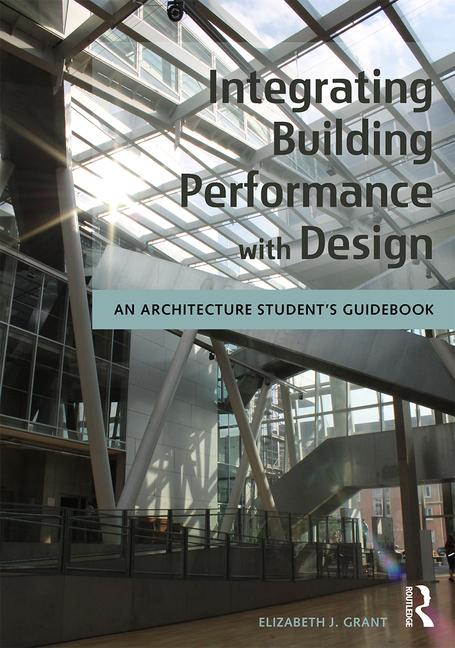Airport of the Future 2020 Global Student Competition Shortlist Announced

Fentress Architects announced 22 entries have been shortlisted for the 2020 Fentress Global Challenge (FGC), which garnered more than 100 entries from students in over 15 countries. FGC is an annual international student design competition launched in 2011 by Curtis Fentress, FAIA, RIBA, that encourages and rewards innovative design in public architecture. This year’s competition challenged students to envision airport mobility in the year 2100.
“Each year I am ever more impressed by the vision, creativity, and practicality set forth by these young architects,” said Curtis Fentress who is also Principal in Charge of Design at Fentress Architects. “This year’s shortlist couldn’t be more diverse; they range from a modular floating terminal to a self-growing airport integrated into the site’s ecosystem. Each concept pioneers creativity, advances innovation and recognizes real solutions that would enhance the passenger experience of 2100.”
Of the over 100 entries judged last month by a panel of architects and designers at Fentress Architects, most explored one of the following areas: Futuristic Mobility, Mitigation of COVID-19 and Zero-Emission.
Futuristic Mobility
Several submissions built upon recent developments in futuristic transportation—from the Hyperloop to autonomous vehicles—to imagine the airport of the future as a multimodal hub equipped to handle next-generation aircraft, space travel, autonomous transportation, integration of the hyperloop, and even autonomous pods. Concepts ranged from terminals with launchpads for spaceflight and underground Hyperloop connections to the replacement of aircraft with self-flying autonomous pods.
Mitigation of COVID-19
The current pandemic inspired a wide range of ideas on how airport design might help mitigate the spread of COVID-19 and other infectious diseases, which may be more prevalent in 2100. Fully touchless airports as well as terminals that have dual functions as “healing hubs” were among the concepts that sought to create health-centric, comfortable, and efficient travel experiences.
Zero-Emission Airports
A number of submissions utilized cutting-edge solutions as a means to develop zero-emission airport facilities. Among the forward-thinking ideas submitted were airports that integrate with the surrounding ecosystem; terminals reimagined as greenhouses; and decentralized air purifying towers.
The 2020 Shortlist:
- W.A.D, Floating Aero City, Beijing Jiaotong University, Beijing, China
- Arch YiYang, The Vertebrae, University of Malaya, Kuala Lumpur, Malaysia
- Baniya, The Green Gateway, Southern California Institute of Architecture, Los Angeles, California, USA
- Ajay Kamaleshwaran, Cornucopia, Anna University School of Architecture and Planning, Chennai, India
- TIArch Studio, The Reserve, Kazan State University of Architecture and Engineering, Kazan, Russia
- Qianqian YU, ReBABEL, École Spéciale d'Architecture, Paris, France
- Beyond Heathrow, A New Airport for London, The Barlett – University College London, London, England
- S.T., Heathrow Healing Hub, Tel-Aviv University, Tel-Aviv, Israel
- Schiphol International, Amsterdam Schiphol International, North Carolina State University, Raleigh, North Carolina, USA
- ISM, Resonance of the Antiquity, Bangladesh University of Engineering and Technology, Dhaka, Bangladesh
- Lucy Janik, LAX Relocation – Design of the Future Floating Airport, Cracow University of Technology, Kraków, Poland
- Qian Lin and Umica Yelavarthy, Shanghai Pudong International Airport of the Future, North Carolina State University, Raleigh, North Carolina, USA
- Henry Alridge, A Built-In Obsolescence, University of Cambridge, Cambridge, England
- CGC, HK22, Harvard Graduate School of Design, Cambridge, Massachusetts, USA
- Crab, A Peak in Shanghai, University of Toronto, Toronto, Canada
- Praxis, Modular Floating Airport, Singapore University of Technology & Design, Singapore
- RIE, O’Pon on the Hill, Yogyakarta University of Technology, Indonesia
- Sejkul, Drive-In Airport, Faculty of Architecture, University of Ljubljana, Ljubljana, Slovenia
- Ryerson University, Head in the Clouds, Ryerson University, Toronto, Canada
- Marklin Huynh, Istanbul International Airport Asian Terminal, North Carolina State University, Raleigh, North Carolina, USA
- M3DMA, Tokyo Gate, Gdansk University of Technology, Gdańsk, Poland
- Oporajeyo, The City Lungs, North South University, Dhaka, Bangladesh
The shortlist will be judged virtually by a jury of renowned airport architects, directors, planners, and scholars. Winners will be announced in October.
Looking for a reprint of this article?
From high-res PDFs to custom plaques, order your copy today!







